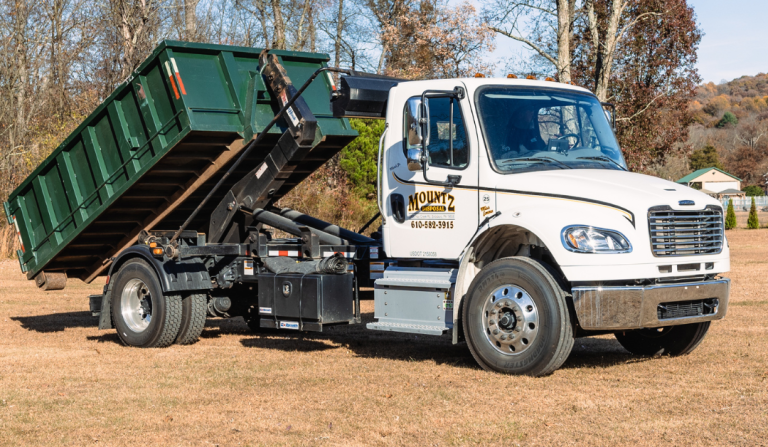
A smooth-running garage door should sound like a low hum, not a freight train. When odd sounds creep in, you can usually track them to a handful of mechanical gremlins that respond well to basic tools and a bit of patience. Follow this guide and you’ll not only quiet the door on your West Melbourne home but also extend its service life—all without calling in a pro right away. Keep your socket set, spray lubricant (see here for more details), and a steady ladder on hand, and let’s get to work.
Identify Roller Clatter
Before you pick up a wrench, open and close the door a few times while standing just inside the garage. Notice whether the clicking gets louder as the door nears the floor—that usually means the lower rollers are the worst offenders. A quick flashlight scan along the tracks often reveals shiny scrape marks that pinpoint exactly which wheels are misbehaving.
- Listen first. A sharp, rapid clicking that speeds up and slows down with the door’s movement is classic roller clatter.
- Secure the door. Unplug the opener and clamp the door so it can’t move.
- Inspect every wheel. Replace any roller that wobbles, shows chipped nylon, or spins roughly with a roller replacement kit.
- Swap the part. Pop the hinge pin, slide out the old wheel, press in the new one, and re-pin the hinge.
- Finish with lube. Two drops of non-detergent oil in each bearing keep things silent and improve overhead door maintenance.
Is the Track Misaligned?
A low groan that echoes through wall studs often points to rails that have drifted out of plumb. Misalignment causes metal to rub metal, creating vibration and premature wear. With the door halfway open, measure between tracks at the top, middle, and bottom; the numbers should match within 5 mm. If they don’t, loosen—don’t remove—the mounting bolts. Tap the track true with a rubber mallet, then retighten the hardware. Run the door again, listening for changes. While you’re there, wipe the inside faces of the rails and spray a thin coat of silicone. Clean steel plus accurate alignment usually wipes out this drone for months.
Quiet a Chain Drive
A steady rasp suggests the opener’s chain or belt needs attention. Before touching anything, pull the emergency release so the trolley disengages from the door. Examine the drive sprocket at the motor head and the idler at the rail’s end. If the lift arm sags lower than 12 mm beneath the rail, your chain is too slack.
Follow the manual—usually turning a 7/16-inch nut clockwise until the chain rides 6 mm below the rail. Wipe the links and coat them with high-tack white grease. This tweak fixes many garage door opener troubleshooting calls. Need parts same-day? Garage Door West Melbourne stocks chain kits and sprockets, saving you freight and wait time.
Lubricate Hinges Right
Hinges (https://www.dictionary.com/browse/hinge) work harder than you think; each one rotates under full panel weight dozens of times daily. When they dry out, they squeal and force the opener to fight extra friction, shortening motor life. A five-minute hinge tune-up trims that load dramatically.
- Clean, then coat. Brush grit off each knuckle, then hit the barrels with a straw-nozzle lithium spray. Overspray on rollers attracts dirt, so keep the nozzle tight.
- Work the door manually. Lift and lower by hand so lubricant spreads across every pin.
- Inspect the torsion system. If coils show gaps or rust, schedule torsion spring replacement. B&D Garage Doors West Melbourne supplies matched-rate springs and winding bars if you’d rather leave high-torque work to certified techs.
- Repeat regularly. Every six months is the sweet spot; light, routine care beats emergency rescues later.
Noise That Signals Danger
Some garage-door sounds are harmless quirks, but a few demand an instant shutdown. If a single explosive bang leaves the door hanging crooked, you’ve almost certainly snapped a spring. An opener that groans while your house lights flicker and a scorched-electrical smell wafts out signals a motor on the brink. Grinding that lingers after fresh lubrication often means the center-bearing plate has cracked, while rapid beeping from the safety sensors tells you the infrared eyes are misaligned and blocking closure.
At the first hint of any of these danger calls, kill the power, step back, and book a professional garage-door repair. Ignored mechanical or electrical faults can drop heavy panels or even start a fire. Snap quick photos, note part numbers, and keep a maintenance log so patterns appear before they escalate.
Routine DIY care—quieting roller clatter, realigning tracks, tightening the chain drive, and lubricating hinges every six months—lets you hush most noises in an afternoon. When a truly perilous sound erupts, though, stand clear and let a licensed technician handle the safety inspection, protecting both your hardware and your hard-won peace of mind.











